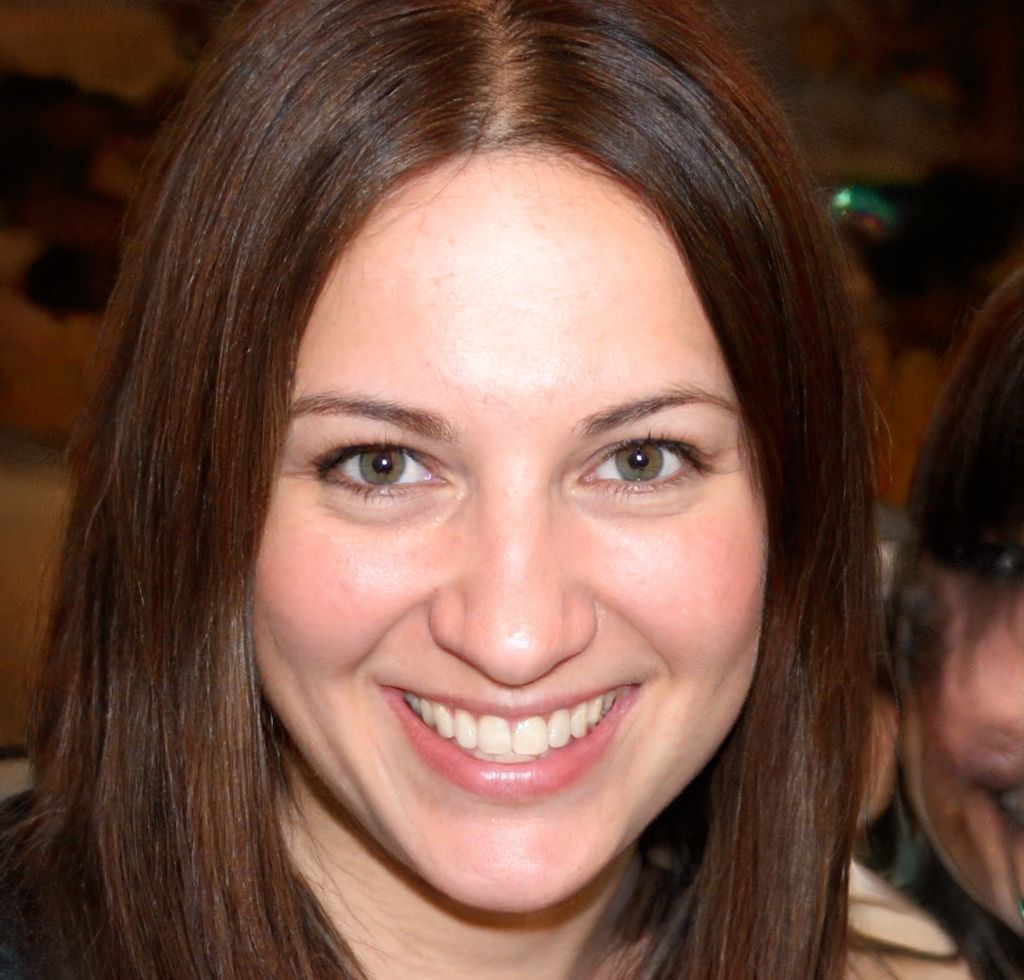How does the heart functions, with respect to the blood flow and heart chambers?
Heart acts as a pumping organ between pulmonary and systemic circulation.
Before we start talking about heart chambers we must see role of heart as a whole in our circulatory system. From the following diagram we get to know that
1. deoxygenated blood from body tissues returns to heart
2. this blood is pumped towards lungs where carbon dioxide is unloaded and oxygen is loaded into blood
3. oxygenated blood from ungs returns to heart
4. this blood is pumped towards body tissues where oxygen is unloaded and carbon dioxide is loaded into blood
The next important point is that heart is divided in right and left parts. Each part has a receiving chamber, Atrium and a dispatching chamber, Ventricle.
Right part of heart receives deoxygenated blood from body tissues and pumps it to lungs while left part of heart receives oxygenated blood from lungs and pumps it to body tissues.
There are AV valves between atrium and ventricle: right AV valve is tricuspid while left AV valve is bicuspid. There are semilunar valves at the base of arteries arising from heart ventricles. Valves help in maintaining a unidirectional blood flow through heart.
Now we will enlist names of blood vessels which are either coming in or going out of heart i.e. veins and arteries associated with it.
I A. Blood enters right atrium through three veins:
1. Superior vena cava
2. Inferior vena cava and
3. Coronary sinus.
Blood from right atrium flows into right ventricle.
I B. Blood leaves right ventricle through the pulmonary artery (which soon divides into left and right branches for respective lungs).
II A. Blood enters left atrium through FOUR pulmonary veins (two from each lung).
Blood from left atrium flows into left ventricle.
II B. Blood leaves left ventricle through ventral aorta.
Now let us revisit the whole story:
By signing up, you agree to our Terms of Service and Privacy Policy
The heart functions by pumping blood throughout the body. Blood enters the right atrium, then flows into the right ventricle, which pumps it to the lungs for oxygenation. Oxygenated blood returns to the left atrium, then flows into the left ventricle, which pumps it out to the rest of the body.
By signing up, you agree to our Terms of Service and Privacy Policy
When evaluating a one-sided limit, you need to be careful when a quantity is approaching zero since its sign is different depending on which way it is approaching zero from. Let us look at some examples.
When evaluating a one-sided limit, you need to be careful when a quantity is approaching zero since its sign is different depending on which way it is approaching zero from. Let us look at some examples.
When evaluating a one-sided limit, you need to be careful when a quantity is approaching zero since its sign is different depending on which way it is approaching zero from. Let us look at some examples.
When evaluating a one-sided limit, you need to be careful when a quantity is approaching zero since its sign is different depending on which way it is approaching zero from. Let us look at some examples.
- Is blood pressure greater when peripheral vessels constrict or dilate?
- Why are valves present in veins but not in arteries?
- Is the pulse rate the same as the heart rate? Why or why not?
- How is the heart muscle supplied with oxygen?
- This acts to reduce the tendency of alveoli to collapse; it is a mixture of lipoproteins called what?

- 98% accuracy study help
- Covers math, physics, chemistry, biology, and more
- Step-by-step, in-depth guides
- Readily available 24/7
 Jeremiah Alexander
Jeremiah Alexander Carson Allen
Carson Allen